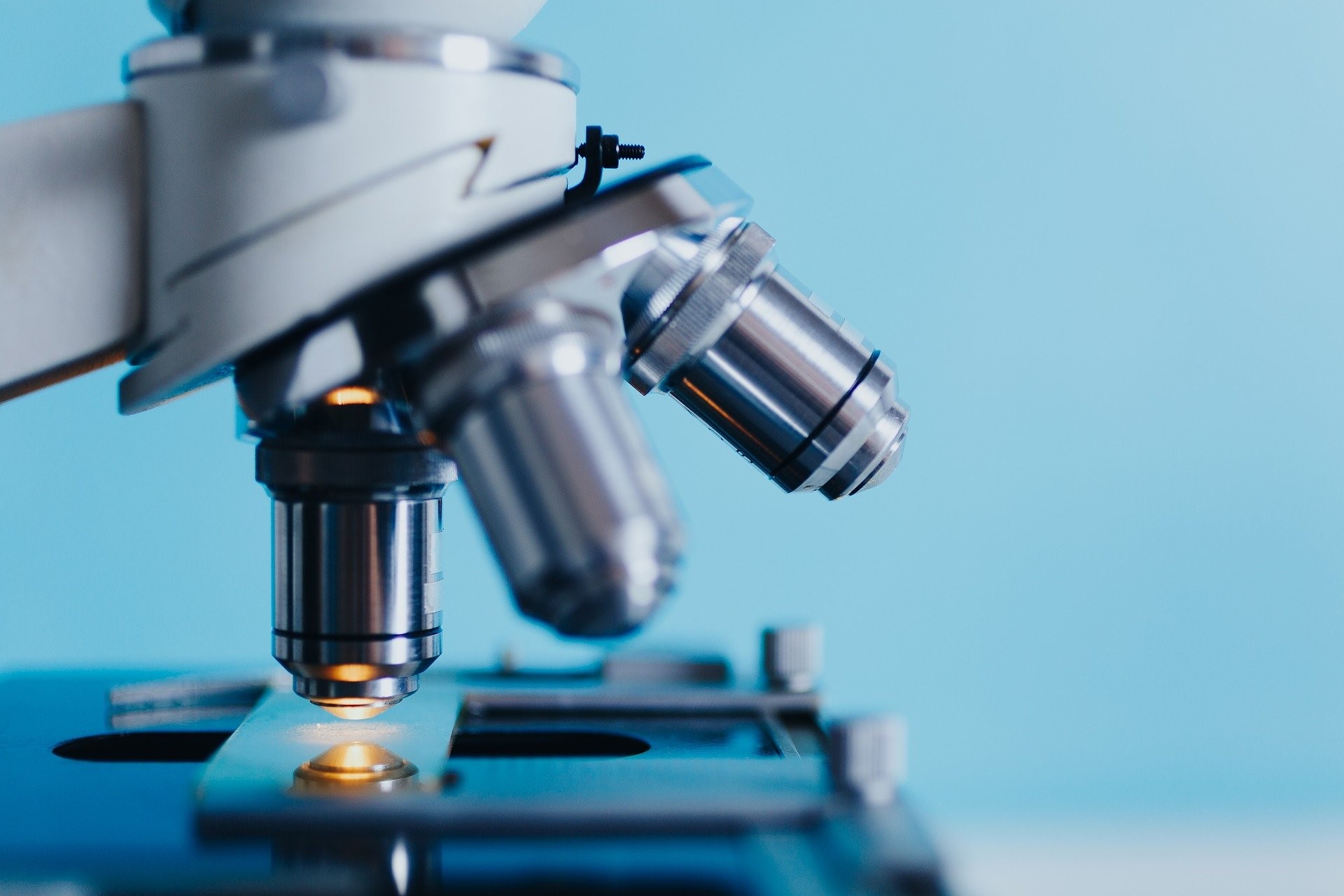The journey of a new medicine from initial discovery to pharmacy shelves is a long and complex process. It involves years of research, rigorous testing, and regulatory approvals to ensure that each drug is safe and effective. Understanding this process provides insight into the immense effort behind modern medicine and the crucial role of pharmaceutical innovation in improving human health.
Discovery and Preclinical Research
The first step in drug development is the discovery of a potential therapeutic compound. Scientists explore natural sources, chemical libraries, and biotechnology advancements to identify molecules that may have medicinal properties. This phase also involves understanding disease mechanisms to design targeted treatments.
Once a promising compound is identified, preclinical research begins. This stage includes laboratory and animal testing to evaluate the drug’s safety, biological activity, and potential side effects. If preclinical results are favorable, researchers submit their findings to regulatory bodies for approval to begin human trials.
According to The New York Times, recent breakthroughs in artificial intelligence have significantly accelerated the drug discovery process, helping scientists analyze vast datasets to identify potential candidates more efficiently.
Clinical Trials: Testing in Humans
Clinical trials are conducted in three key phases to assess the drug’s effectiveness and safety in humans:
- Phase I: A small group of healthy volunteers receives the drug to determine its safety, proper dosage, and side effects.
- Phase II: A larger group of patients with the targeted condition is treated to assess the drug’s efficacy and further evaluate its safety.
- Phase III: Thousands of participants are involved in randomized, controlled studies to compare the drug’s effects with existing treatments or placebos.
Each phase is meticulously designed to gather essential data before seeking regulatory approval. These trials can take several years to complete, with strict ethical and scientific guidelines governing every step.
Regulatory Approval and Manufacturing
Once clinical trials demonstrate that a drug is safe and effective, pharmaceutical companies submit a New Drug Application (NDA) or Biologics License Application (BLA) to regulatory agencies such as the U.S. Food and Drug Administration (FDA) or the European Medicines Agency (EMA). These agencies review all clinical data, manufacturing processes, and proposed labeling before granting approval.
Manufacturing must meet stringent quality standards to ensure consistency and safety. Companies like Wheeler Bio specialize in innovative biopharmaceutical development, streamlining the transition from early-stage discovery to large-scale production.
Post-Market Surveillance and Ongoing Safety Monitoring
Even after approval, drugs undergo continuous monitoring through post-market surveillance programs. This phase ensures that any rare or long-term side effects not detected in clinical trials are identified and addressed promptly. Healthcare providers and patients play a crucial role by reporting adverse reactions to regulatory bodies.
Recent reports from BBC News highlight the importance of post-market surveillance, particularly in identifying unexpected side effects in widely used medications, leading to safety updates or market withdrawals when necessary.
Conclusion
Developing a new medicine is an intricate process requiring collaboration between scientists, medical professionals, regulatory agencies, and pharmaceutical companies. Each stage, from discovery to patient use, is designed to ensure the highest safety and efficacy standards. As advancements in biotechnology and artificial intelligence continue to evolve, the future of drug development promises even greater efficiency, bringing life-saving treatments to those in need more rapidly than ever before.



 Bitcoin
Bitcoin  Ethereum
Ethereum  Tether
Tether  XRP
XRP  Solana
Solana  USDC
USDC  Cardano
Cardano  TRON
TRON  Lido Staked Ether
Lido Staked Ether  Avalanche
Avalanche  Toncoin
Toncoin